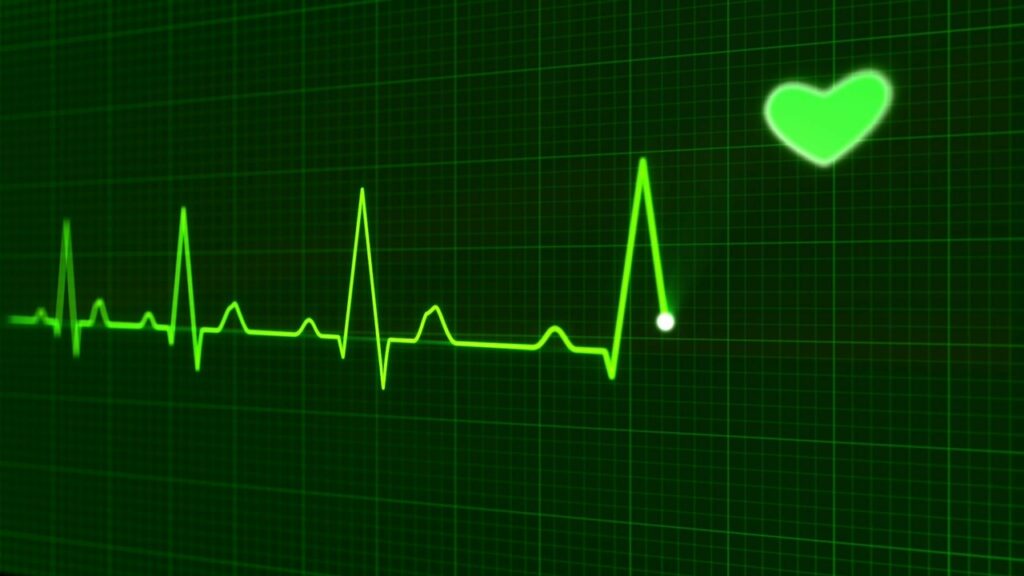Don't leave things to chance. Learn about how healthcare works when visiting Norway as a tourist in this handy guide.
If you're planning a trip to Norway, it's important to understand how the country's healthcare system works for visitors. While urgent medical care is available to everyone, the rules about who pays, and how much, depend largely on where you're from.

Falling ill while travelling is never pleasant. In a foreign country, it can also be confusing and stressful.
This guide will help you understand your rights, what to expect from the Norwegian healthcare system, and why travel insurance is so important.
In Case of Emergency
If you find yourself in a medical emergency while in Norway, call 113 from any phone. This is the number for emergency medical services and is free of charge. Operators speak English and can quickly dispatch an ambulance if needed.
Healthcare for European Visitors
Citizens of countries in the European Economic Area (EEA) and Switzerland are entitled to urgent medical care in Norway under the same conditions as Norwegian residents.
To access this, you need to carry a valid European Health Insurance Card (EHIC). This card proves your entitlement to necessary medical treatment while you are temporarily in Norway.
It should be presented at the point of care, whether at a doctor’s office, emergency clinic, or hospital. Without it, you may be asked to pay the full cost upfront and claim reimbursement later, which can be more complicated and time-consuming.

By showing your EHIC or GHIC, you will only be asked to pay the standard patient contribution that Norwegians themselves pay for healthcare. These costs are not refundable, as they are considered part of the public health system.
If you are charged in full during your visit, you may be able to apply for reimbursement from your national health service after returning home, depending on the rules in your country.
It's important to understand that the EHIC is only valid for necessary medical treatment.
It does not cover you if you travel to Norway for the purpose of receiving healthcare. Nor does it include repatriation, private medical care, or non-medical travel issues such as lost luggage or cancelled flights.
While the EHIC is extremely useful, it is not a substitute for travel insurance. If you become ill and the condition is not considered urgent, your treatment may not be covered without insurance.
For this reason, all travellers from Europe should still take out a comprehensive travel insurance policy that covers additional medical expenses, as well as any other disruptions to your trip.
Healthcare for Non-European Visitors
If you are visiting Norway from outside Europe, you are still entitled to emergency medical care. However, you will need to pay the full cost of treatment at the time you receive it, unless your country has a specific agreement with Norway.
Some countries, such as Australia, do have reciprocal healthcare arrangements. For example, certain Australian citizens may be eligible for reimbursement of costs related to urgent medical treatment, childbirth, oxygen therapy, or dialysis.
Post-Brexit, British citizens can now apply for a card called the GHIC through the NHS. The GHIC gives similar reciprocal rights to the EHIC.

However, these agreements are limited and vary by country, so it is essential to check with your national health authority before you travel.
Without such an agreement, there is no reimbursement available for any treatment, and there is no subsidy for medical evacuation or transport back home. This means that private travel insurance is absolutely essential for non-European visitors.
The policy should include medical expenses, hospital stays, prescriptions, and repatriation, along with typical cover for lost items or cancelled plans.
A Final Word of Advice
Before you travel, make sure you are up to date with routine vaccinations. There are no mandatory shots for Norway, but standard immunisations are strongly recommended. If you take prescription medicine, bring enough in the original packaging and carry a copy of your prescription in English in case customs ask.
If you find yourself deep in the fjords or far from a city, be aware that medical services can be more limited and may require air evacuation, so check that your travel insurance includes remote area coverage.
If you rely on ongoing treatment or mental health support, arrange a consultation well before you leave to build a safe and well-supported care plan abroad.
Norway's healthcare system is among the best in the world, but it can also be very expensive if you are not covered. Even something as simple as an ambulance ride or a short hospital visit can result in a surprisingly high bill.
No matter where you're travelling from, the best way to protect yourself is to purchase a robust travel insurance policy before you arrive. While European visitors benefit from the EHIC or GHIC system, they too should not rely on it alone.
A combination of good preparation, proper documents, and reliable insurance will give you peace of mind as you enjoy everything Norway has to offer.


A visit to the emergency ward cost me about US$200.00 without hospitalization in 2017.
Narada- I’m glad that is all you had to pay. You must have been worried it would be much more. I’m glad things worked out for you. Happy travels 🙂
What about doctor’s home visits in Norway?
Can I receive a COVID booster shot on Norway if I’m a traveller from Canada?
Do you know which Insurance company will cover for Hospital treatment in Norway in case if hospitalization is needed? I checked with all the insurance company so far and it seems none of them know that Medical system in Norway is using DRG (Diagnosis Related Group) which the invoice has only total amount (no detailed invoice). As a result, the travelling insurance will be useless if the traveller has any hospitalization needed. I also checked with some insurance company in Norway but they dont provide the travel insurance for a person who is not living in Norway.
Thanks,
My husband had an heart attack on the plane and the plane was diverted to Oslo. He is in the hospital and they had to put two stents and pump in aorta. I think they will keep him in the hospital for about a week. He is Canadian citizen. The travel insurance he had was only for 45 days and he was outside the country for 55 days when this happened. So he does not have travel insurance. Does anyone know how much it will cost. If it’s a lot we won’t be able to pay. What would happen in that case???
On our visit to Norway in 2020 I slipped of the bottom two steps on a stairway. The local hospital treated me. I paid the bill and found out when I returned to Australia that we have reciprocal health care for urgency… and they refunded my money. Very unknown but as I have relatives in Norway its excellent to know we have an arrangement for urgent health issues.